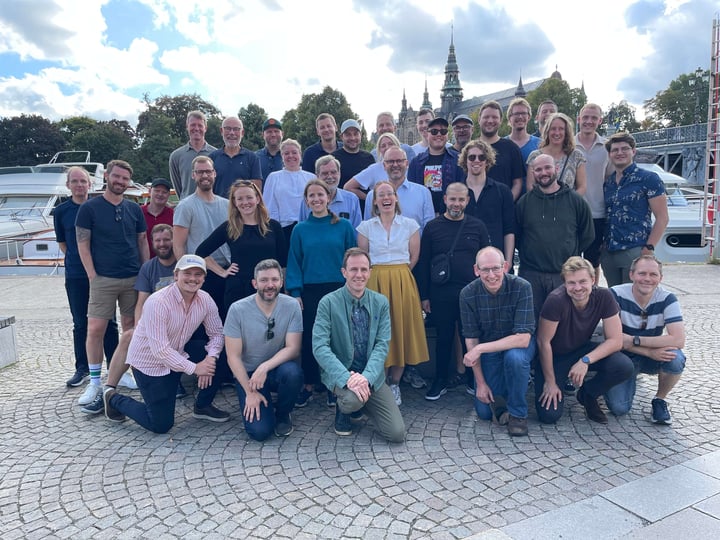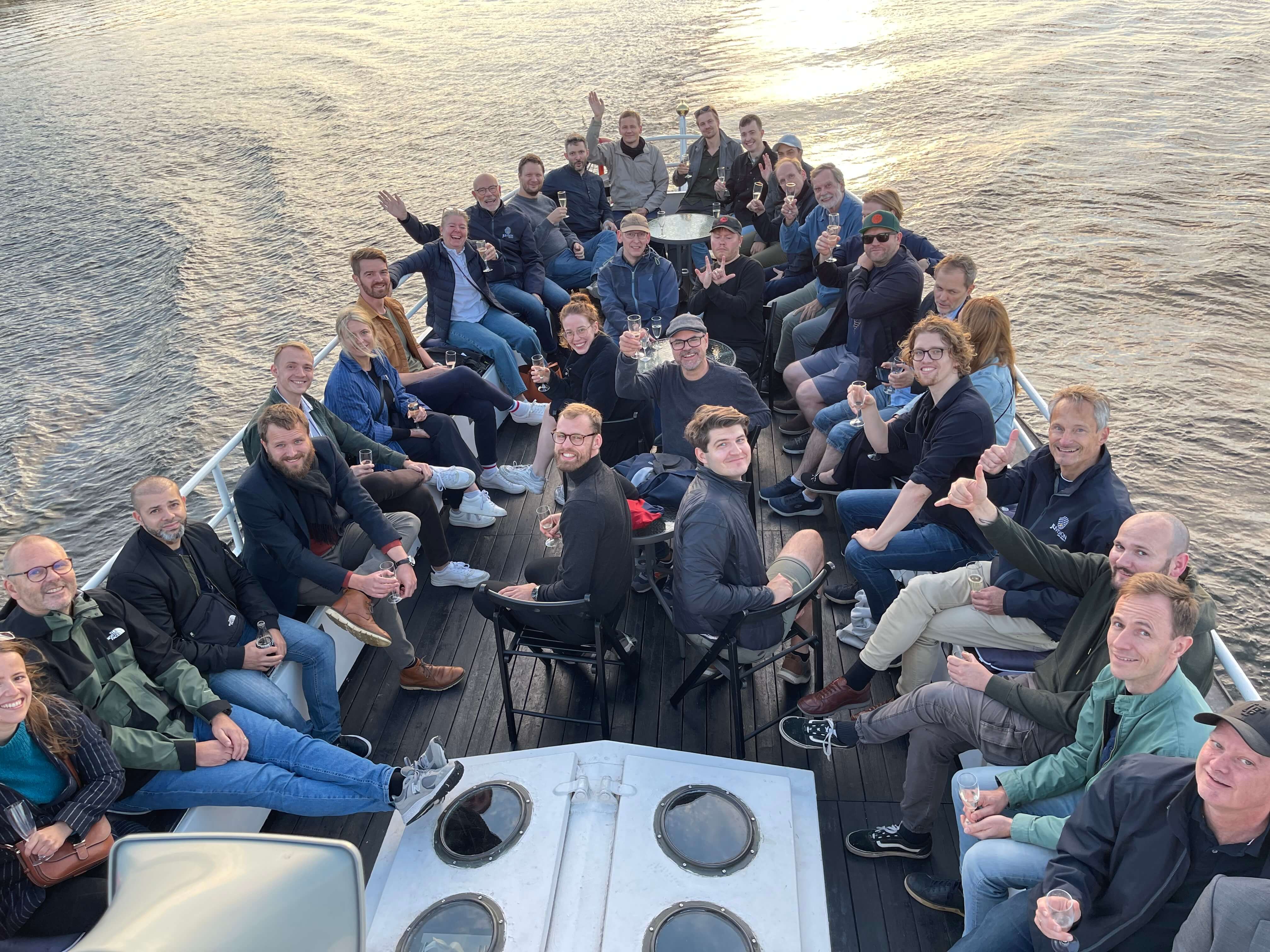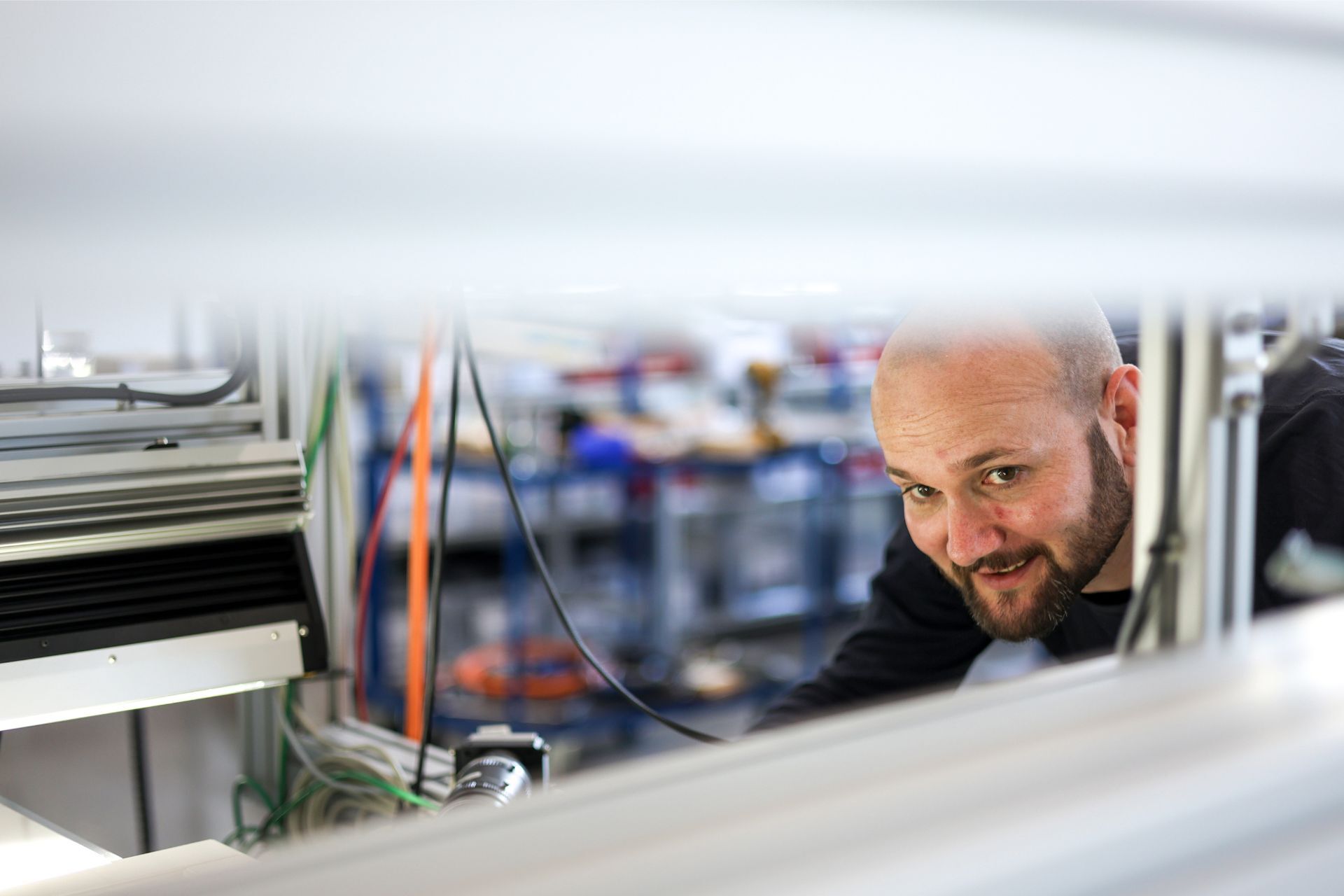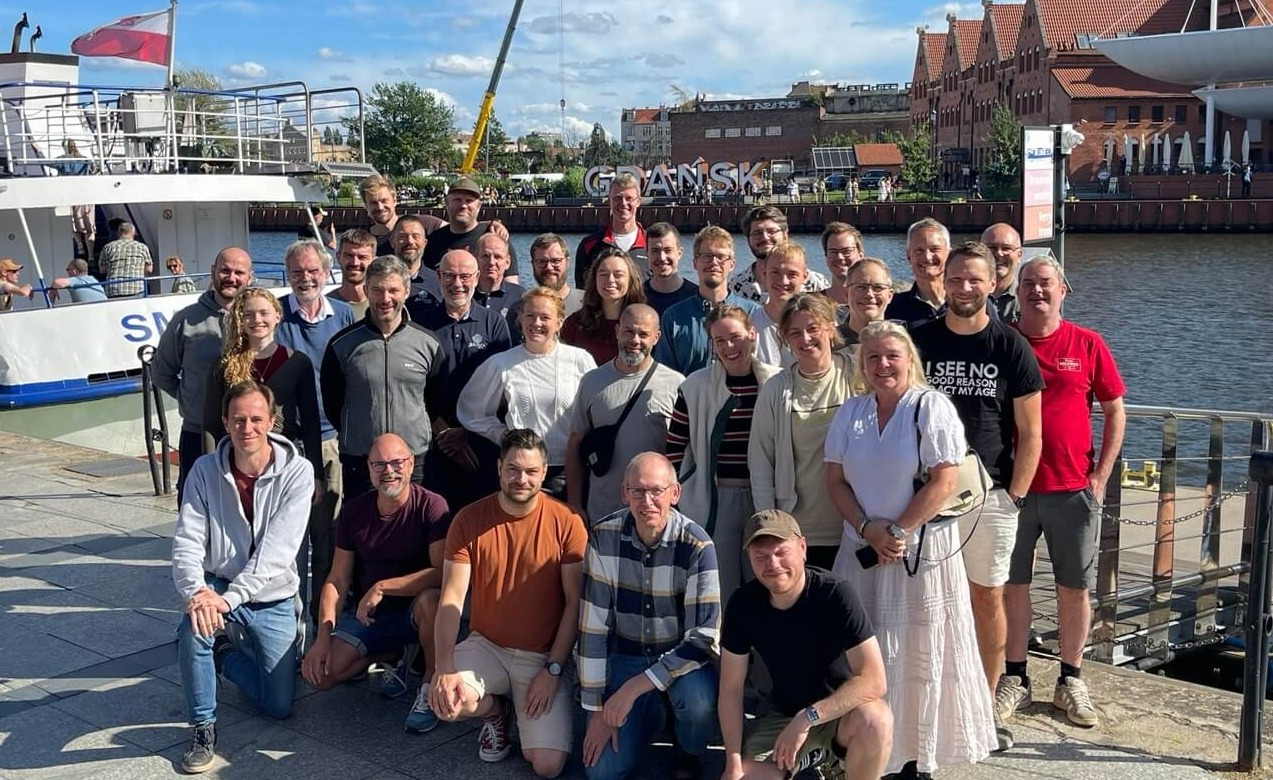Yet another eventful year is coming to a close here at JLI. Once again we have welcomed 8 new colleagues, worked on 68 exciting projects, provided a solid turnover and profit, received two awards, continued our work on becoming ever more green and made a huge effort in keeping our flat organizational structure even though we over several years have experienced a rapid growth. Our focus is on self-management and self-organization in our efforts to create a good and efficient workplace. A workplace where employees take responsibility and feel a sense of ownership. And in November of 2023 that ownership became very tangible. In a transfer of ownership our founder Jørgen Læssøe sold a majority (30%) of his shares to an overwhelming large group of the employees. This will ensure that the company started by Jørgen and built by him and the many employees will continue to develop in the future.

We sincerely hope that 2024 finally brings an end to the high inflation rates, that the wars around the world are closer to being solved and that we are able to keep recession away. The world is constantly on the move, just like the world of machine vision. We believe our highly skilled and competent employees can use their know-how to help our customers implement demanding and state-of-the-art machine vision technologies for quality control in their production.
Artificial Intelligence (AI)
Overall, 2024 promises to be another exciting year for AI. At JLI we expect to accelerate recent years extensive work and to be able to present exciting news. Our anomaly detection will in 2024 be integrated as a standard tool on all JLI systems. This will add a layer of safety for all of our users.
We are also investigating how we can benefit from active learning. In some applications the amount of data is so huge that it makes sense to try and identify upfront what the characteristics are and how we can quickly adapt this. This may help us provide better assisted annotation tools for customers and reduce the amount of time spent on annotation.
Another exciting input for AI are event cameras. Event cameras are imaging sensors that operate asynchronously and respond to local changes in brightness or otherwise are “silent”. They have the ability to reduce the data amount, but will require new types of trained networks.
Segmentation, detection and classification in 2D imaging will remain the key drivers in our AI development, but we will also investigate how to add the same capabilities for 3D point-clouds, as well as model monitoring.
In the medical device world JLI will participate in the work on how validation, documentation and traceability of trained AI becomes more accepted and standardized.
3D inspection
3D inspection will experience improvements in devices that enable dynamic acquisition of data on moving objects. The available devices will provide greater resolution and be able to capture finer details facilitating more precise inspection.
The appearance of 3D smart sensors with sophisticated software tools like dimensional measurements, surface characteristics, defect detection and feature recognition will help bring down the cost of 3D inspection inline in production.
Research in fields like multiview generation NERF (neural radiance fields) and new exciting Gaussian Splatting will potentially reduce costs even further on the hardware side, hence because they are based on traditional 2D cameras. These technologies need some adaptation before they are ready for inline use.
At JLI work is progressing towards introducing a robust 3D AI segmentation tool and shortening the response time for potential new applications by upgrading our lab equipment.
We also strongly believe there is a great future in CAD matching larger steel objects through the use of a robot scanning station that we are developing.
The future of 3D looks very bright.
Industry/Application Specific Solutions
Machine vision applications are becoming more specialized for different industries, including wood, steel, electronics, and manufacturing. In 2024, we will see even more industry-specific solutions catering to unique requirements and challenges. JLI follows the trend and will introduce new application specific solutions for wood inspection. Keep updated through our homepage and our social media channels.
Sustainability and Efficiency
JLI wants to be seen as a green company and we truly believe that machine vision can contribute to sustainability efforts by improving efficiency in manufacturing processes. This includes optimizing energy usage, reducing waste, and enhancing overall resource efficiency.
Contact
Please bear in mind that not all machine vision applications call for implementation of the latest and new trending components/technologies. Often new components/technologies act as just another tool in the belt, that together with traditional machine vision will help solve your application.
At JLI we try to maintain a solid perspective with respect to new components/technologies that continue to enable more productive manufacturing for our customers.
If you have any questions feel free to send us an email at info@JLIvision.com



%20Stor.jpeg)